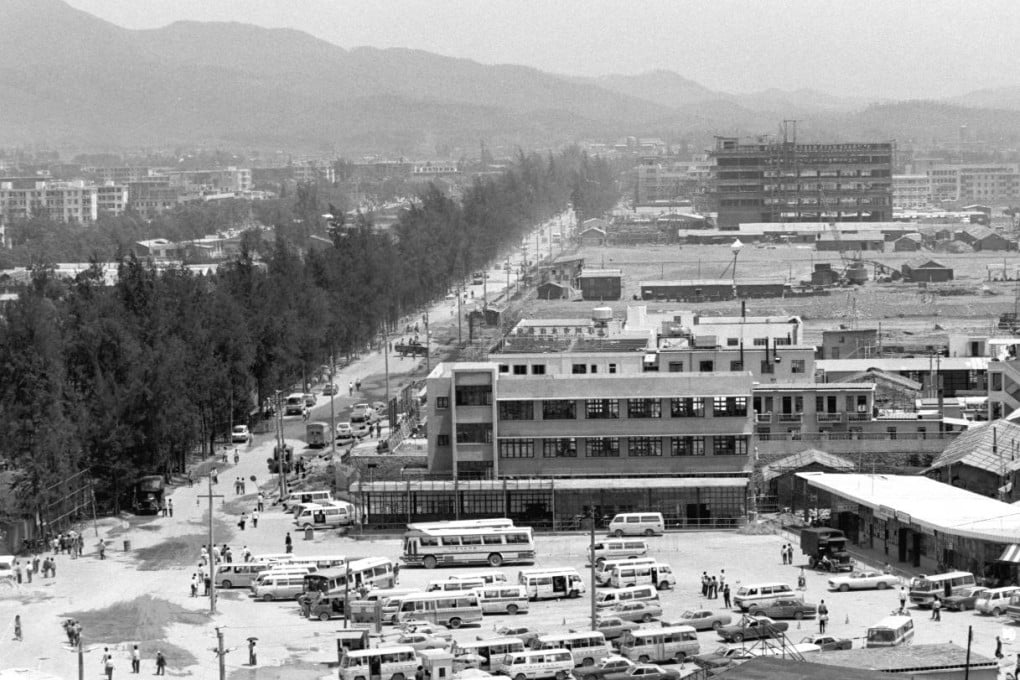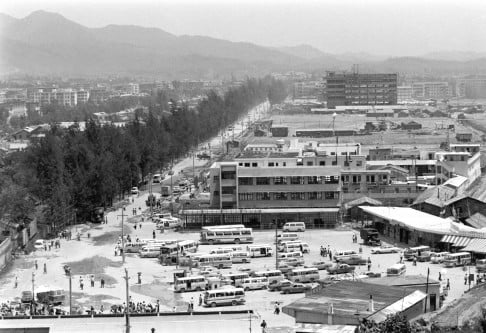The Shenzhen story, from fishing village to thriving metropolis


Modern Shenzhen took shape within a generation, but the community dates back more than 2,000 years. What began as a fishing settlement evolved over the centuries into a maritime hub, with an economy based mostly around salt, tea, spices and rice.
The area changed names through the dynasties, but its political centre, once it was established, remained Nantou. Stand on the coast at Deep Bay in Yuen Long in Hong Kong and look west to see the heart of the Shenzhen of the Qing era.
When the Opium war ended in 1860, the county was split in two, with about two-thirds of it becoming Hong Kong. Japanese troops would later occupy Nantou, and so the administrative seat was moved to Dongguan county. In 1953, the seat was again moved to Shenzhen township, 10km from Nantou, as the area flourished.
Shenzhen, which is derived from zhen or chong, the words local people used for the deep drains that once criss-crossed the paddy fields, was 'willed' into existence by late paramount leader Deng Xiaoping.
He selected the area as one of four social laboratories, where the nation would grow a new, hybrid form of capitalism - socialism with Chinese characteristics. In August 1980, the National People's Congress Standing Committee approved Shenzhen as a special economic zone.